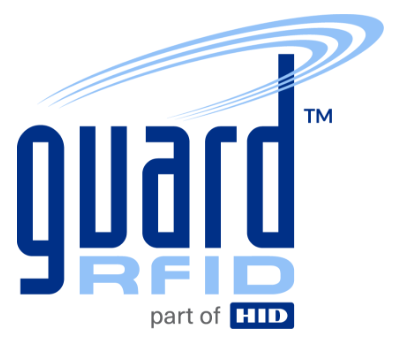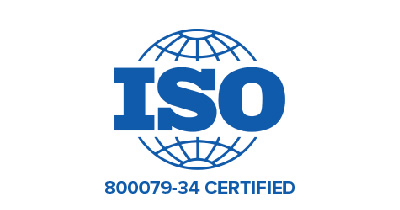The stress of missing or being late for an appointment due to the complex and confusing lay-out of a healthcare facility, residential long-term care home, or hospital is something many people have experienced at some point in their life.
New parents operating in a fog of sleeplessness, elders disoriented by unfamiliar surroundings, and distracted visitors struggling to interpret signage and painted lines have all found themselves at a loss for which direction to turn or the right door to open.
The True Cost of Poor Indoor Navigation
The panic, guilt, and urgency of being lost or late is an unnecessary burden to add to those in need of healthcare services.
The emotional cost has a financial toll as well. Missed and delayed appointments as a result of poor hospital indoor navigation make a substantial impact on the bottom lines of healthcare operations. In a recent study, Emory University Hospital in Atlanta calculated the total annual loss of poor navigation to be close to $200,000 a year[i].
Their findings were staggering. Thirty percent of newcomers to the hospital found themselves off-course and confused within the buildings. A quarter of staff stated challenges in getting to central locations—and, most importantly, every single junior doctor on staff reported that they’d become lost at least once on their way to urgent calls.
Alleviating the personal, social, and economic ramifications of poor hospital wayfinding within healthcare systems is critical to the overall resilience and operation of facilities.
An indoor GPS-like, turn-by-turn guidance solution for healthcare facilities, our new Digital Wayfinding Indoor Positioning Solution is the answer.
A Hospital Indoor Navigation App for Patients and Visitors
By introducing a simple digital wayfinding system that seamlessly integrates powerful location-identification software with strategically positioned readers and gateways throughout a building or campus, this creates a user-friendly, step-by-step, turn-by-turn map that guides users from the parking lot to their destination with ease.
In this way, healthcare leaders can offer their teams, clients, and patients a safer, low-barrier way forward through improved pathway management and hospital indoor mapping.
The hospital wayfinding system can be accessed in many ways: by mobile device, web browsers, or on-site readers. Prompts are issued with audio cues or readable texts if they stray off the selected route or make a wrong turn.
How Does the Digital Wayfinding System Work?
Our new Wayfinding Solution works much like a GPS that’s customized for your facility. It’s essentially an enhancement of existing outdoor GPS systems, as it provides a detailed path of each section and floor of buildings rather than a bird’s eye view that lacks critical granular details.
This hospital navigation app is compatible with major infrastructure systems currently in use, including EHR systems, appointment-scheduling apps, or networking providers like Cisco, Mist/Juniper, Siemens/Enlightened and HP/Aruba.
From parking spots through guided meet points between patients and visitors to location-specific alerts, the healthcare facility’s staff, clients, and other visitors are guided through a step-by-step route that enables them to reach their endpoint with ease.
The results are immediately evident. Healthcare facilities report fewer missed or late appointments. High-traffic areas are cleared of bottlenecks and crowds. Social-distancing policies and practices have a greater rate of adherence. Support and medical staff are freed from harried requests for directions.
And the hospital mapping is done without tracking any personal or identity information. Because once the patient has left the campus, the tracking capabilities are gone.
For further information on the new Wayfinding Indoor Positioning Solution, visit the link below to learn more: https://www.guardrfid.com/healthcare-rtls/hospital-wayfinding/
[i] https://www.asianhhm.com/facilities-operations/designing-navigation


